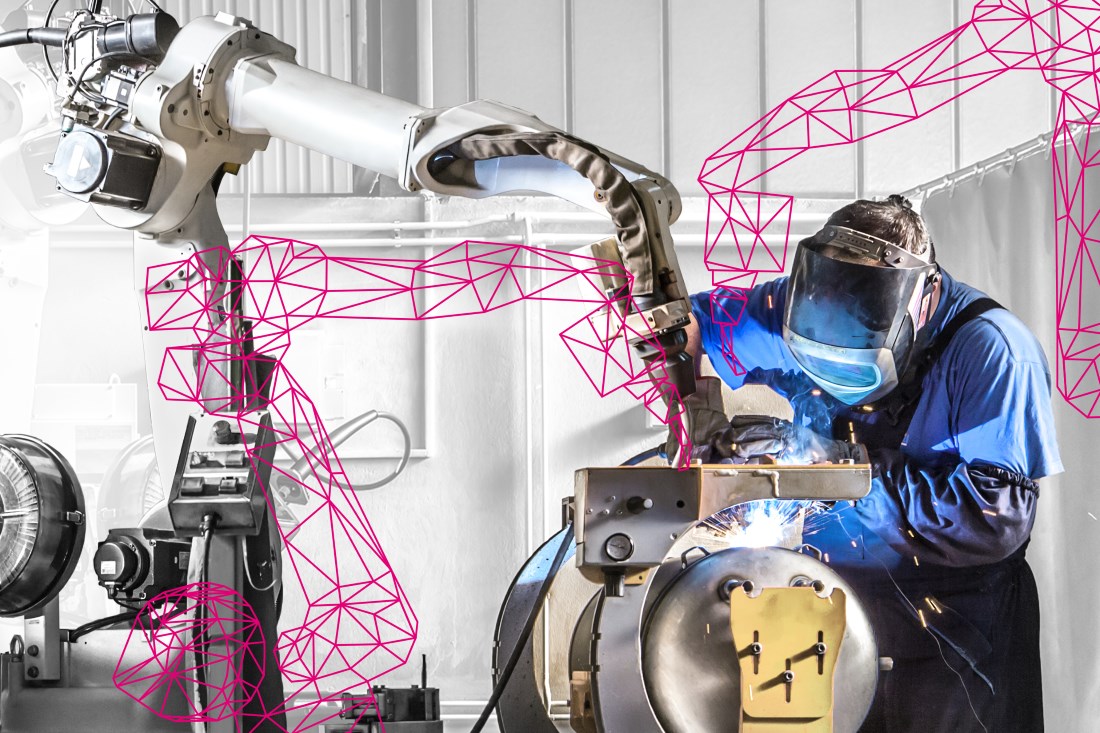The concept of virtual research rooms
To enable a rich and dynamic exchange of ideas among the experts from the different research areas represented in CeTI we use the concept of virtual research rooms (VRR). We foresee a cross-level hierarchy from disciplinary talent pool (TP) rooms that group all principal investigators (PI) from a single domain, over interdisciplinary key concept (K) rooms, in which experts from different disciplines co-operate on shared innovative solutions, to the use case (U) rooms.
To enable a rich and dynamic exchange of ideas among the experts from the different research areas represented in CeTI we use the concept of virtual research rooms (VRR). We foresee a cross-level hierarchy from disciplinary talent pool (TP) rooms that group all principal investigators (PI) from a single domain, over interdisciplinary key concept (K) rooms, in which experts from different disciplines co-operate on shared innovative solutions, to the use case (U) rooms.
The U rooms
We have identified three use case rooms that are designated for three application domains, namely Medicine (U1), Industry (U2), and Internet of Skills (U3).
How can we advance
medical care?

How can we advance
work routines?

How can we advance
training technologies?














